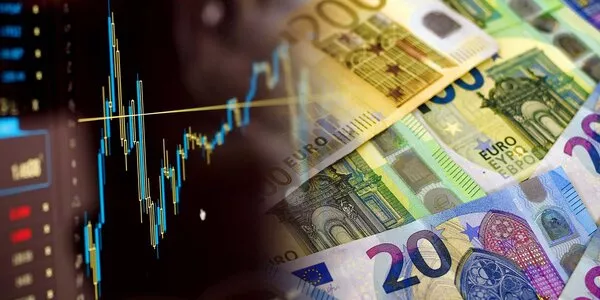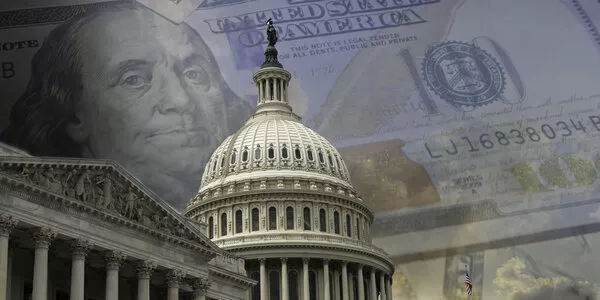
Weekly Update - Precious Metals: A Context That Remains Favorable
In a context of volatile real interest rates, persistent geopolitical uncertainties, and a reshaping of global monetary balances, precious metals are regaining a central place in allocation strategies. Gold, in particular, continues to break records, while silver, often more cyclical, has recently benefited from renewed interest. These upward dynamics (+48% for gold and +62% for silver since the beginning of the year) are far from purely speculative. They rely on factors we consider structurally supportive and which could continue to sustain prices in the coming months.
Gold: a safe-haven asset that adapts to its time. The price of gold reached new highs in 2024 and 2025, surpassing $3,800 an ounce in the summer, driven by a combination of structural and cyclical factors. Historically perceived as a safe haven during periods of financial volatility and high inflation, gold today benefits from a range of supports. First, central bank demand remains a powerful driver. According to IMF data, net purchases by central banks have reached record levels, notably driven by emerging countries seeking to diversify their reserves away from the dollar. This trend, which began after the 2008 crisis, accelerated with the financial sanctions imposed on Russia, highlighting the risks associated with holding reserves in Western currencies. Gold, a counterparty risk-free and highly liquid asset, appears as a strategic alternative.
On the macroeconomic front, the easing of real interest rates — particularly in the United States — provides additional support. As the Fed resumes its monetary easing cycle, real yields on sovereign bonds decline, reducing the opportunity cost of holding gold. This phenomenon is even more pronounced as inflation expectations remain higher than in the past. Consequently, investment demand remains strong despite competition from yield-bearing assets. Gold-backed ETFs have again experienced positive inflows since the beginning of 2025.
Significant geopolitical tensions and concerns about the sustainability of public debts in several advanced economies further enhance gold’s appeal as a hedge.
Finally, gold supply remains structurally constrained. It is estimated that all the gold ever mined in the world would fit into just over three Olympic-sized swimming pools — a striking image that illustrates the physical scarcity of this metal. Meanwhile, extraction costs continue to rise, high-quality deposits are becoming rarer, and investments in new mining projects struggle to keep pace, hindered by environmental, regulatory, and financial constraints. This persistent supply tension contributes to reinforcing the upward price momentum. In the medium term, the combination of structurally strong demand (central banks, institutional investors) and limited supply argues for maintaining prices at high levels, or even further increases if geopolitical and monetary uncertainties persist.
Silver: between precious metal and industrial metal. Less publicized than gold, silver is also experiencing positive momentum, with prices surpassing $40 an ounce in 2025, a high not seen in over ten years. Its dual nature — both a safe-haven asset and an industrial component — makes it particularly sensitive to economic cycles and technological innovations. On the demand side, the rise of green technologies plays a central role. Silver is a key component of photovoltaic panels, and the global energy transition is boosting metal demand. According to projections from the International Energy Agency, silver demand for solar applications could double by 2030. This is coupled with growing use in electronics, batteries, and medical applications. On the financial side, silver benefits by spillover from gold’s dynamics. Investors seeking diversification within precious metals are now turning to silver: the gold/silver price ratio is historically high and suggests a potential catch-up.
Again, supply struggles to keep up. Silver mines are often by-products of other metals (copper, zinc), which limits the ability to quickly adjust to rising prices. This supply rigidity, combined with structurally growing demand, supports bullish prospects





